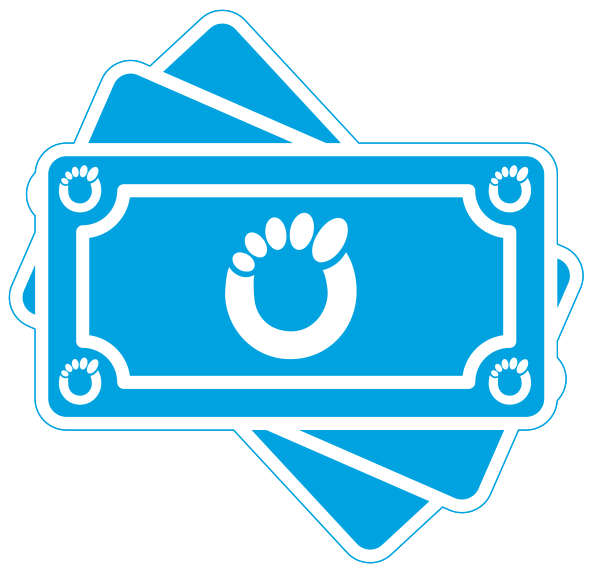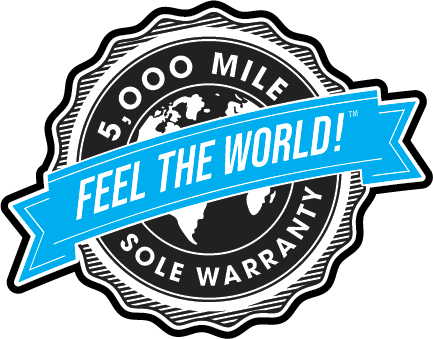Can you really run in huaraches?
When you’re used to hanging out with barefoot runners or, at least, with people who’ve read Born To Run, you forget how “normal people” think.
One of the questions I’m most asked by non-barefoot people is: “Can you really run in those?”
What amazes me about this question is not how people have forgotten that, for tens of thousands of years, this is exactly what humans wore to run. What amazes me is that I’m usually asked this question by someone who has been watching me run in my Xero Shoes.
Silly humans.
Well, don’t just take my word for it, though.
Check out this great race report by Alan Thwaits and see that, yes, you can run in these 😉






